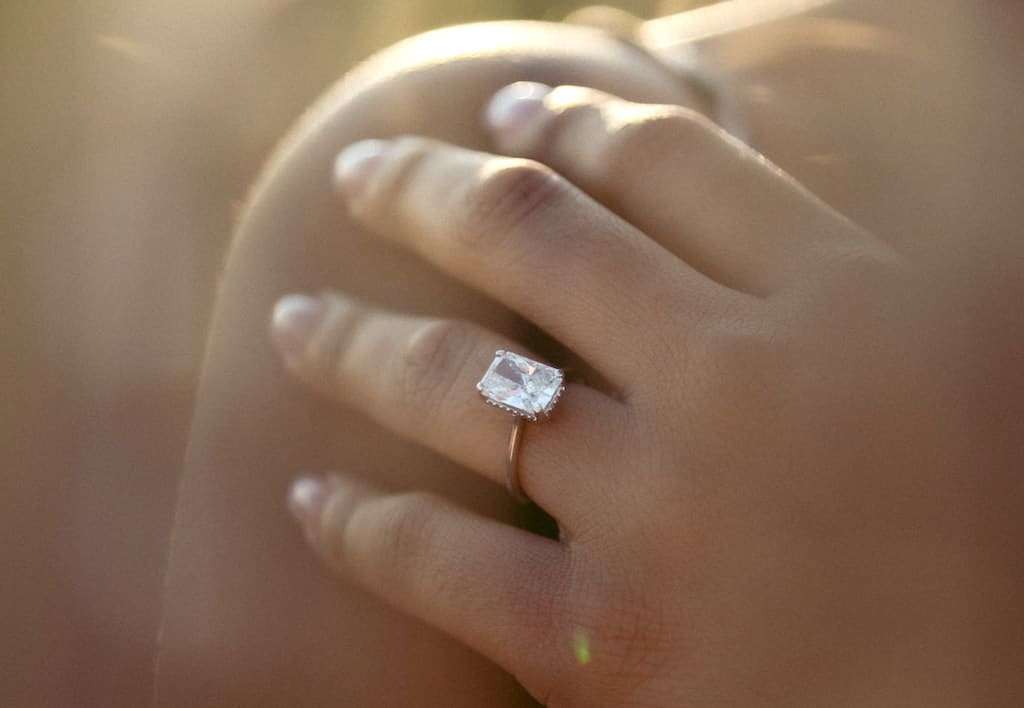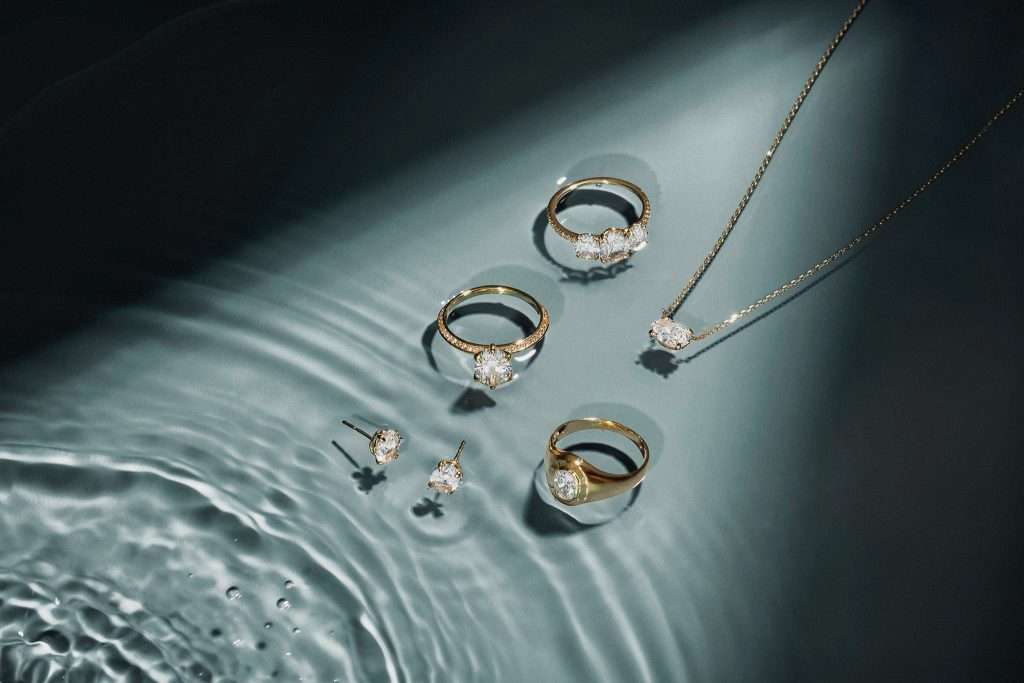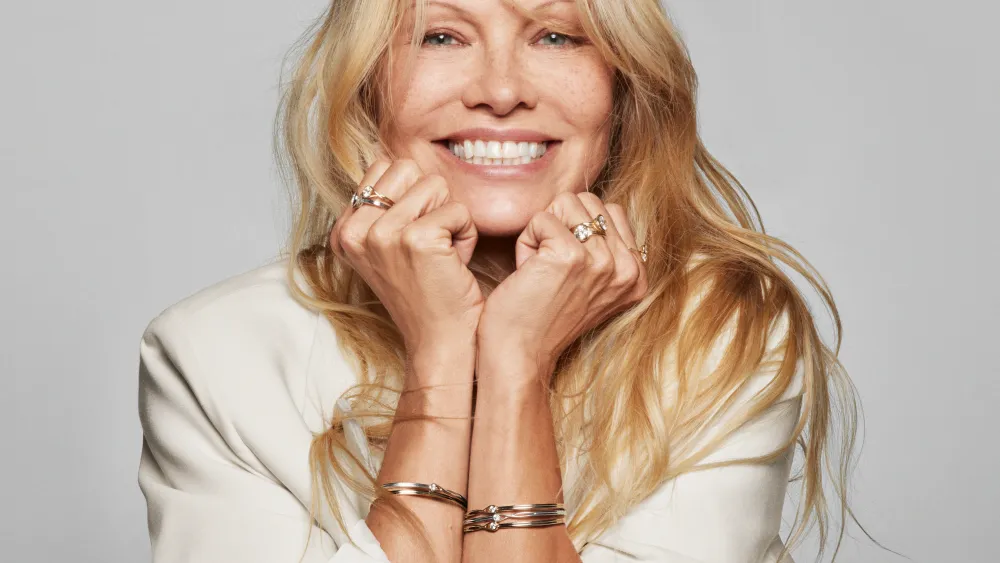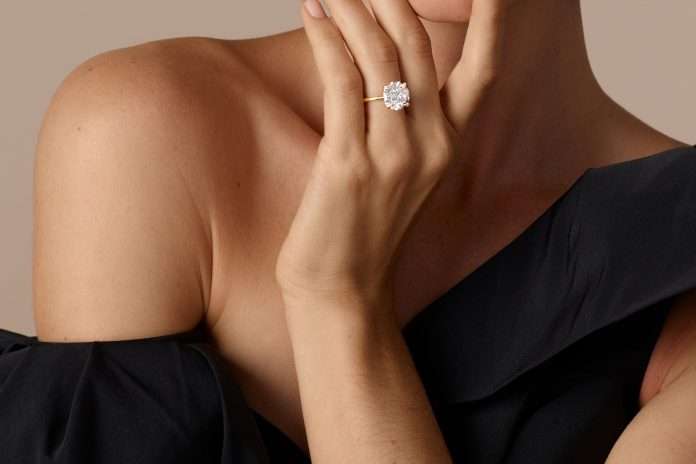Whether extracted from a deep mine, or lab-grown, diamonds continue to capture our imagination. But what makes a diamond so precious, anyway?
Have you ever wondered why diamonds snag such a hefty price tag and steal the spotlight? These sparkly gems have had folks fawning over them for centuries — not just because they look pretty, but because of their rarity and the arduous journey from deep earth to your ring finger.
But the recent surge in lab-grown diamonds is shaking things up with a more wallet-friendly swagger, and they might just make you question everything you thought about these glittery status symbols. How do lab-grown diamonds stack up to mined? Here’s everything you need to know.
The Earth has been in the diamond business for billions of years — with intense pressure and sweltering temperatures — way below our feet. It’s no wonder we’ve all got a thing for diamonds, using them as symbols of wealth, power, and love. Their journey is captivating; imagine them being blasted to the surface through volcanic eruptions or toiled out by miners in remote corners of the world.

As we nod to tradition, there’s also a collective head-turn toward innovation in this space — and that’s where lab-grown diamonds come into play. With technology advancing at warp speed, it’s now possible to create diamonds indistinguishable from the mined variety, but these are made above ground in controlled environments that mimic subterranean processes.
Companies like VRAI are at the forefront of this technology, compelling diamond enthusiasts to explore VRAI created diamonds as an alternative that challenges the old-school mining narrative with sparkle that’s here to stay. This fresh take on an age-old luxury is creating a shiny new chapter in the history of timeless style.
Why diamonds are so valuable
So, what’s the deal with diamond desirability? It’s not just their sparkle that’s turning heads; several factors come into play when we talk about their value. First off, they’re tough as nails — literally the hardest material around, which means they’re not just pretty, but they are durable as heck.
Then there’s brilliance and fire — the way these gems play with light is magic; they throw sparkles in a disco dance of colors that can make anyone stop and stare. On top of that, rarity has its part to play in the price tag game, as it does across the industry. High-quality diamonds that flawlessly tick all the boxes are like finding a unicorn. Yet, what really makes diamonds so valuable is their cultural significance and market demand.
Historically, diamonds started winning hearts in India around the fourth century B.C. They were primo status symbols, flaunted by the wealthy and royalty. Fast forward to the Middle Ages, and Europeans caught diamond fever. The stones weren’t just for showing off wealth anymore; they took on new meaning as amulets believed to protect and heal.

By the 1800s, diamond mines started to pop up in Brazil followed by a major sparkle boom thanks to South Africa’s Kimberley Mine — an absolute game-changer that flooded the market and put diamonds within more people’s reach. Enter De Beers, who played a critical roe in convincing consumers that engagement rings weren’t complete without the sparkle of a diamond.
So here we are in modern times, with an ever-evolving narrative where lab-grown gems share the stage — redefining not just value, but also what it means to treasure these twinkling wonders from both below and above ground. And just like vintage furniture holds its appeal, diamonds from bygone eras remain relevant today.
The rise of lab-grown diamonds
While efforts like the Kimberly Process have been developed to help ensure a diamond is ethically mined, the industry is still complicated. There are environmental considerations, too, that make diamond mining an unsustainable industry. Lab-grown diamonds are challenging both of those complications with diamonds that are identical to mined diamonds in color, cut, clarity, and carat (the “4cs”). This is not moissanite or cubic zirconia — lab-grown diamonds are diamonds made by scientists replicating the earth’s process with giant machines that produce the heat and pressure needed to transform carbon into diamonds.
This techy twist sidesteps the ethical and environmental issues related to traditional diamond excavation, as well as another factor: price.

So, as we’re seeing more jewelry cases lighting up with these man-made marvels, there’s buzz around whether they might steal the limelight from their mined cousins — and for good reason. They’re identical in appearance and properties, can be worn in a timeless yet modern way, and only their birthplace is different.
Diamond value perception
While lab-made diamonds share an identical chemical composition and look just as stunning to the naked eye as mined diamonds, some may wonder if they carry the same value.
Here’s the twist: it all boils down to perception. The intrinsic qualities of both types of diamonds are a match, but mined diamonds tote along centuries of lore and a certain emotional weight. However, buyer sentiment is shifting; planet-positivity and value for money are becoming heavy hitters in purchasing decisions.

These lab-engineered gems aren’t just passing fads; they’re redefining what precious really means to a generation that digs tech-savviness and future-proof consumption. As this narrative evolves, so does the appreciation for what lab-grown diamonds have to offer. They’re not just alternatives; they’ve become protagonists in their own right on the stage of valuable jewels.
Whether they’re pulled from the depths of Earth or created in a lab, diamonds continue to dazzle us. Our love affair with these status symbols continues to grow as technology and our values evolve. But the sparkle remains the same.
Related on Ethos:


